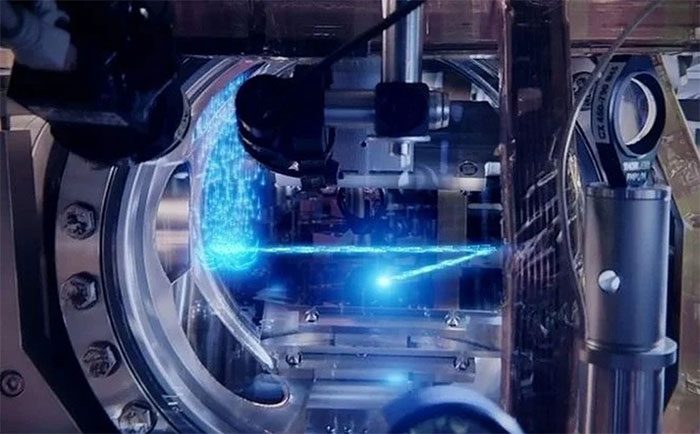Advancements in quantum physics have enabled scientists to create an atomic beam that behaves like a laser, which theoretically could exist “forever.”

The creation of the “eternal” atomic laser beam represents a significant breakthrough in the field of quantum physics.
Throughout history, the creation of a perpetual energy source seemed almost impossible. However, today, scientists have transformed that seemingly fanciful idea into reality. The development of the “eternal” atomic laser beam marks a major revolution in quantum physics in recent years. This advancement could potentially pave the way for the practical application of this technology in everyday life, becoming a highly accurate quantitative tool in the future.
Previously, the atomic lasers that scientists aimed to achieve were limited to pulses (with extremely short lifespans) rather than a continuous stream. The main issue lies in the structure of the laser. At the core of an atomic laser is a state of matter known as Bose-Einstein Condensate (BEC). BEC is created by cooling a cloud of bosons to just a fraction above absolute zero.
However, BEC is very fragile; even light can destroy a BEC, making its existence fleeting. To create a continuous BEC, a team of researchers from the University of Amsterdam in the Netherlands recognized that something needed to change.
“In previous experiments, the gradual cooling of atoms was done in one location. In our setup, we decided to distribute the cooling steps not over time but over space: we made the atoms move while they progressed through successive cooling stages,” explained physicist Florian Schreck.
“Ultimately, the ultra-cold atoms reach the center of the experiment, where they can be used to form matter waves that combine in the BEC. But while these atoms are being utilized, new atoms are on their way to replenish the BEC. In this way, we can keep the process ongoing – essentially forever.”




















































